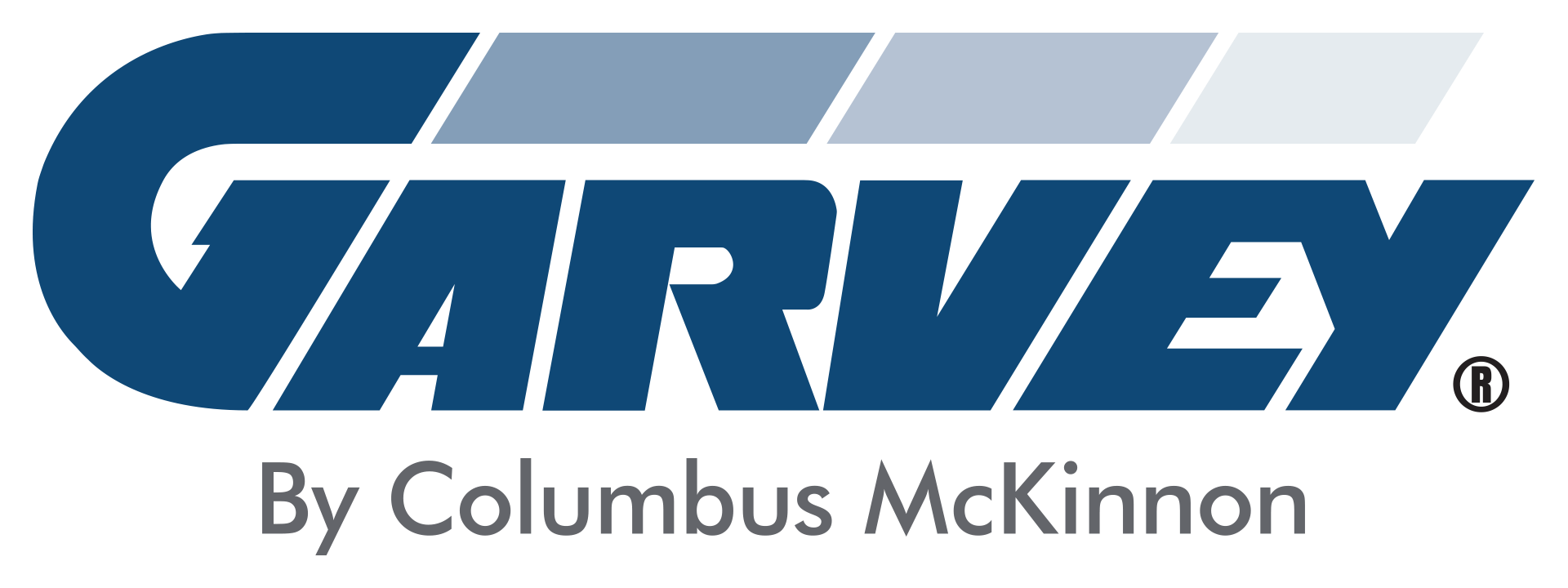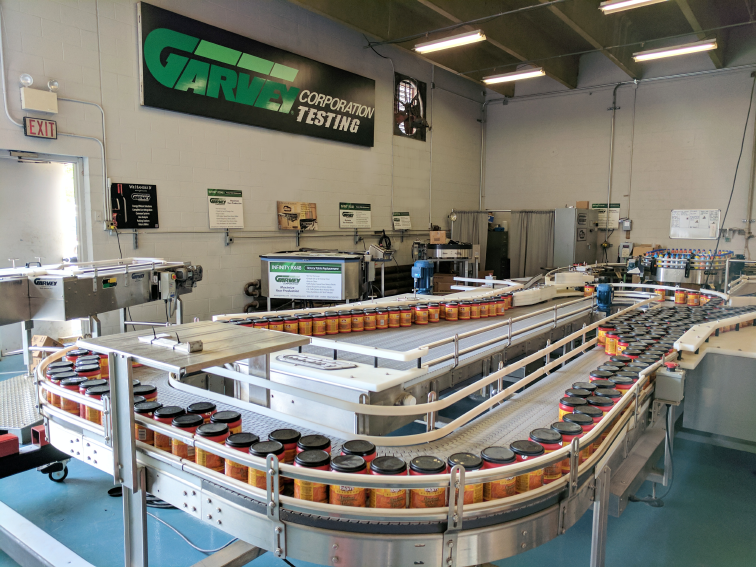On a manufacturing line, faster is better. More products = more profits. That’s the whole point of adding accumulation systems to your line: to increase your profit by increasing your throughput.
Of course, there’s a big caveat: those products can’t be damaged. It doesn’t do you any good to produce large quantities of scratched or dented products that no one will buy.
So, how fast can you run your line while still retaining the integrity of your product?
There’s only one way to find out — you have to try it.
Preferably, you try it before you purchase any new equipment. If you buy a new accumulation system, install it on your line, and only then find out that you won’t reach your throughput goal or that your products are being damaged, you’ve just performed a very expensive experiment.
That’s why we built the Garvey Testing Facility. We have our full line of equipment available to test your products to verify we can help you meet your goals. This is especially important for products that are challenging to handle (e.g., reverse tapered wine bottles, small plastic vials) and products in unique packaging.
Here’s how it works:
- We meet with you to learn more about your current process, including your product and the rate at which you would like to run.
- You ship us product and we run it on our equipment.
- The results speak for themselves.
The major advantage of testing is that we can run the product on different types of equipment to ensure we’re providing the best possible solution. For example, we might discover that a Bi-Flo accumulator works better for your product than an Infinity accumulator (or vice versa), or that we can gain even more speed by running the product upside-down. We can also make adjustments to our equipment as necessary, such as adding a cover to a certain part of the conveyor. In other words, testing allows us to customize our equipment to meet your needs.
Here are the questions a test will help you answer:
- Can Garvey accumulation systems handle my products at the desired run rate? Answering this question is the main point of the test. This is how we prove that our equipment does what we say it can do.
- Hypothetically, how fast can my products run? You never know until you try! We can turn up the speed until something doesn’t work. Then, if possible, we’ll fix the problem and test it again. We recently worked on a project where the initial goal was 500 units/minute. But we found that, by running the product upside-down and making a few additional adjustments, we could achieve 800 units/minute. Even we were surprised by the results!
- Will Garvey’s accumulation systems damage the product or the label? No, and the test will prove it. We know this is a common problem with some accumulation equipment, which is why our Infinity accumulator is a zero backpressure system. It can handle even the most unstable products without damage.
- Do we need lubrication to run the product? Because of environmental considerations, many processors would prefer not to use lubrication. We can help you determine how fast you can run before lubrication becomes necessary. There are also dry lubes available now that don’t have the same environmental impact as traditional ones.
Finally, answers to a few FAQs about the testing process:
- How many products do you need to perform the test? It depends on the product and the challenge. If backpressure or stability is the issue, we need enough units to fill an accumulation table.
- Can the test be done virtually? Yes! Simply send us your products and we can run the test in our facility. We can either show you the process via a live video feed or record it for you to watch at your convenience.
If you’re interested in increasing your line speed, we highly recommend you test the equipment first to make sure you’re getting the most out of your investment. Schedule a test with us today.




